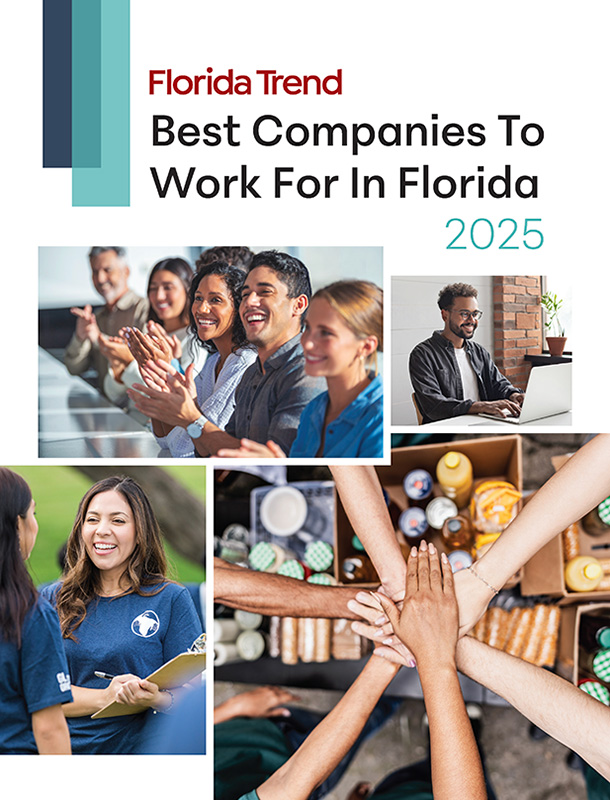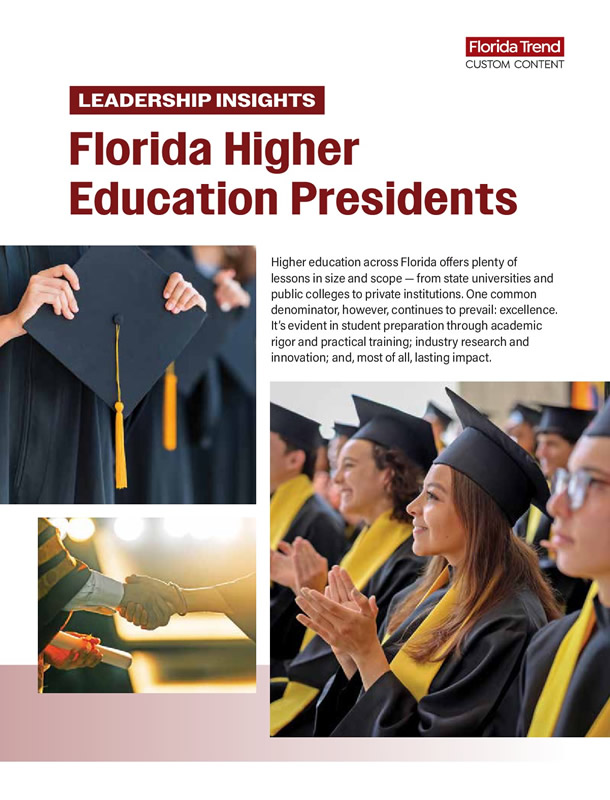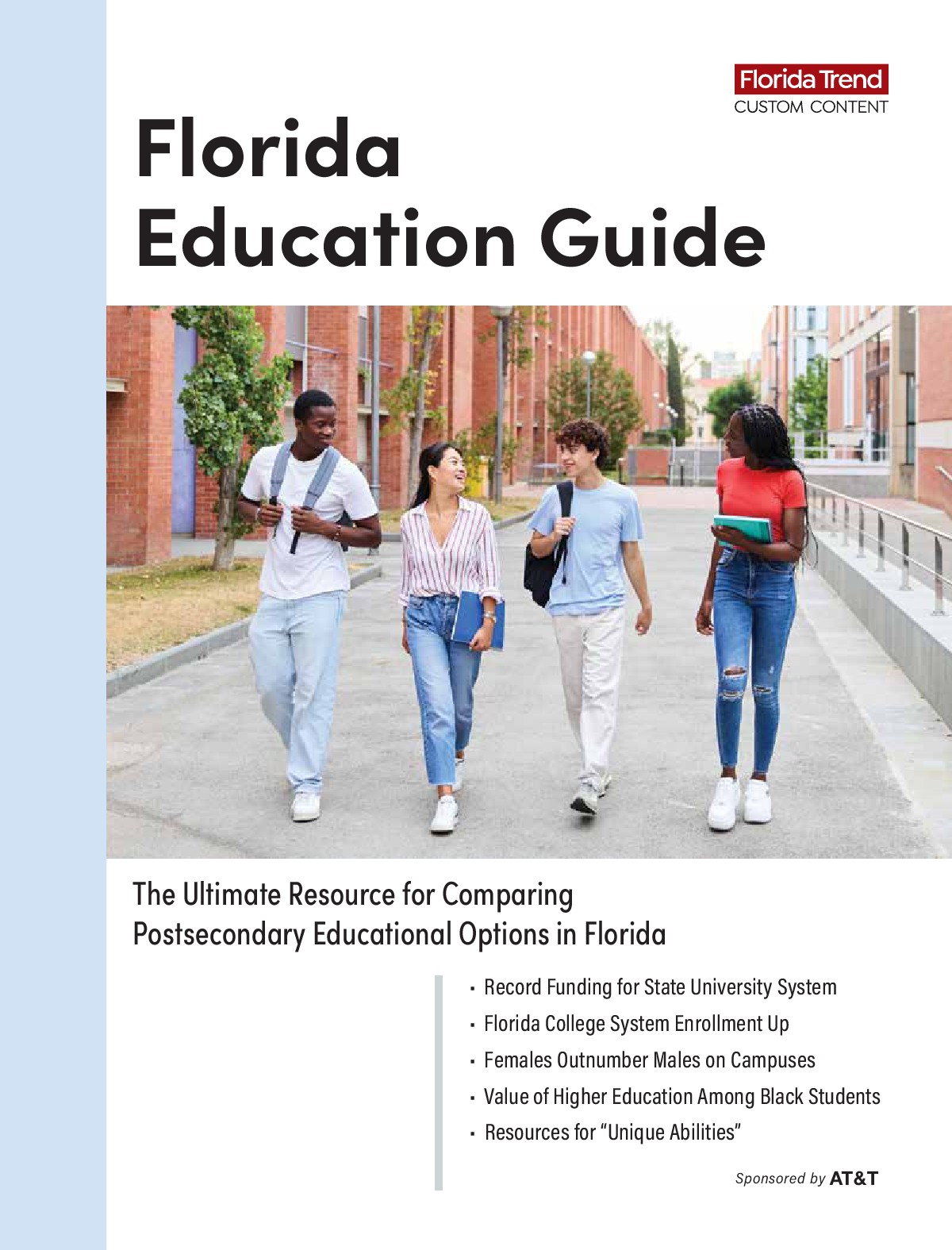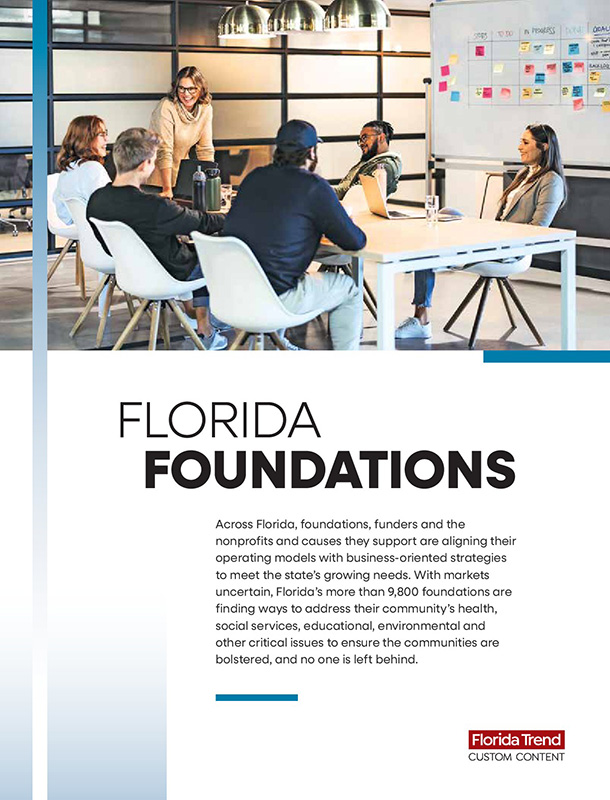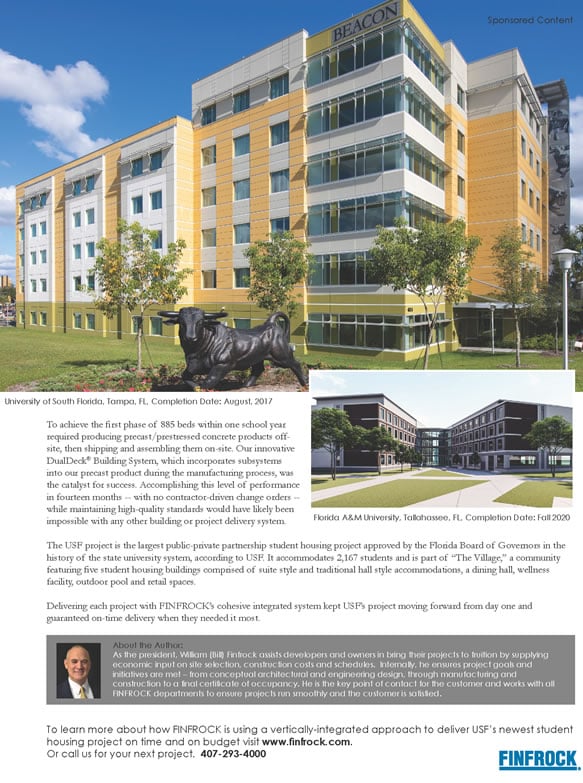by Jay Waagmeester, Florida Phoenix
October 22, 2025
The rapid expansion of the state’s School Choice scholarship program burrowed a $47 million hole in the Florida Department of Education’s budget and left public and private schools complaining they aren’t getting properly paid.
Money problems that arose during the 2024-2025 school year can largely be attributed to the mobility that students enjoy to shift from public to private or to home education freely, said Adam Emerson, director of the Department of Education Office of School Choice.
Although students transfer to and fro throughout the semester and academic year, the DOE isn’t always as nimble when it comes to directing payments.
Appearing before the House PreK-12 Budget Subcommittee last week, Emerson said the department lacks the ability to split payments between public and private schools mid-semester. During the 2024-2025 school year, in which the education budget ran a deficit, about 23,000 students were identified as being enrolled both in public school and a private school.
During the first quarter of this, the 2025-2026, school year, state scholarship funding programs sent money before cross-checking whether students would be double-counted. More than 27,000 students in the first quarter of 2025-2026 were “matched,” meaning they were identified both as a scholarship student and a public school student.
Before verifying the location of those students, at least $7 million went to families, according to officials with Step Up For Students, the state’s main scholarship organization.
Florida spends more of its general revenue on education than any other government service —32% toward K-12 education.
The state administrative code provides that students who apply for a School Choice scholarship before Nov. 1 are eligible for the two first semester payments in September and November.
Mid-semester changes can throw off enrollment forecasts and disrupt already-established budgets.
Scott Ward, chief financial officer for Lake County schools, said that in the middle of the school year the district had to reduce its budget by $16 million “without any real notification.” That amount, he said, “would probably be a 3.5% raise to our teachers that we wouldn’t be allowed to give because we had to cut our budget.”
Keva Hampton, head of Inner City Christian School in Jacksonville, stood before the subcommittee to describe her school’s and other private schools’ experiences, including “chronic payment delays, fluctuating scholarship amounts, technical failures, lack of consistent communication, and we can go on.”
“We need to make sure that we have budget integrity. We want the funds that you all are appropriating to us to reach our school, because when they are slowed and stopped or pulled back, the process failed. Students lose, schools lose stability, and your appropriation does not reach the intended beneficiaries,” Hampton said.
Her school is still owed $50,000 in state dollars for the previous school year, she said.
GET THE MORNING HEADLINES.
Fixing the problems
Interim committee weeks — held in advance of the formal legislative session — can signal lawmakers’ priorities ahead of opening day, in this case Jan. 13. The House education spending panel dedicated two 90-minute meetings to the matter on Oct. 8 and Oct. 15.
For now, it seems lawmakers are considering options, both statutory and administrative.
House members said their offices have been inundated by parents frustrated or confused about scholarship payments.
About an hour into the Oct. 8 meeting, Rep. Toby Overdorf, R-Palm City, said DOE was issuing ambiguous guidance.
For now, Overdorf said, the department’s strategy sounds like, “I’m sorry you missed the deadline, but it’s okay we’re going to go ahead and pay you anyway.’” He said there’s a need for better definition in state laws and rules governing the scholarship programs.
“And sometimes there’s going to be hard answers of, ‘I’m sorry you missed the deadline, we’re not going to be able to do that.’”
Emerson replied: “I think what we will have to do is start accepting some trade-offs. Do we want to put specific time windows, application windows, deadlines in place in exchange for restricting some of that student mobility? I think that’s a discussion we have to discuss,” Emerson said.
At least two members of the spending panel suggested it would be easier to ensure money follows the students if payments were tied to Florida Education Identifier numbers, unique numbers associated with students.
Reps. Fiona McFarland, R-Sarasota, and John Snyder, R-Stuart, suggested the Legislature require parents to enter students’ numbers on scholarship-funding organization accounts to keep track of students instead of relying as heavily on other information.
Scholarship organizations told the panel that, despite the department providing them with student identification numbers, they do not include the numbers when they return student information to the department.
The state’s inability to track the students seems like “a technology restraint,” Snyder said.
Meanwhile, Suzanne Pridgeon, DOE deputy commissioner for Finance and Operations, said some problems could lie with the state’s 50-year-old public education funding algorithm called the Florida Education Finance Program.
“Some of the things that I’ve noticed, and I think we all have, is we’re in a formula, the FEFP, that’s 50 years old. It wasn’t built for a program to go in so quickly, probably,” she told the panel.
YOU MAKE OUR WORK POSSIBLE.
Florida Phoenix is part of States Newsroom, a nonprofit news network supported by grants and a coalition of donors as a 501c(3) public charity. Florida Phoenix maintains editorial independence. Contact Editor Michael Moline for questions: info@floridaphoenix.com.



